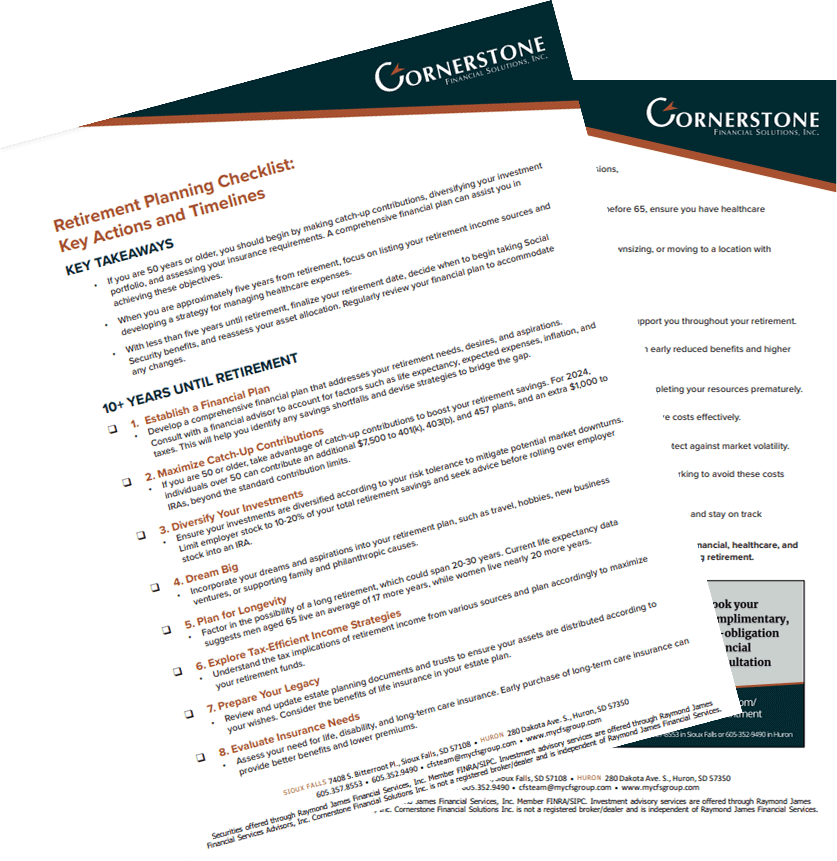Retirement planning for federal employees comes with unique challenges – especially when it comes to deciding how and when to withdraw from your plan. As you approach retirement, you may be feeling a mixture of excitement and overwhelm. From understanding available options to avoiding penalties and meeting IRS deadlines, there’s a lot to consider.
You’ve worked hard, now it’s about making sure your retirement funding works just as hard for you. With the right guidance and planning, you can make confident decisions and avoid costly missteps.
Understanding Your Retirement Withdrawal Options
When it’s time to access your retirement savings, you’ll face decisions that can impact your income, taxes, and financial security for years to come. You may have the option to choose a lump-sum payout, monthly payments, or an annuity.
Pros and Cons of Common Withdrawal Methods
- Lump-sum payments provide immediate access to funds but may increase your tax liability.
- Monthly withdrawals help manage your tax bracket and provide steady income.
- Annuities offer predictable payments but may limit flexibility.
Carefully review these options in light of your overall financial goals.
Avoid Early Withdrawal Penalties
Withdrawing before age 59½ may result in a 10% early withdrawal penalty. However, if you separate from service at age 55 or older, you may qualify for an exception.
Timing Matters
Planning your withdrawals around these milestones is key. Consider consulting with a financial advisor to create a timeline that minimizes taxes and penalties.
Planning for Required Minimum Distributions (RMDs)
Once you turn 73, the IRS requires you to begin taking minimum distributions from your retirement account.
Missing RMDs Can Be Costly
Failing to take your RMDs on time can lead to a 25% penalty. Setting up automatic reminders and a withdrawal strategy can help you stay compliant and maintain consistent cash flow.
Coordinate Retirement Income Sources
Retirement planning for federal employees often involves multiple income streams—such as Social Security, pensions, and other savings.
Manage Taxes with an Income Plan
Coordinating withdrawals can help balance your income and control your tax bracket. A well-planned income strategy ensures stability and reduces surprises during tax season.
Talk to a Financial Advisor Who Understands Federal Benefits
We recommend working with a financial advisor who understands the federal system. Federal employee benefits can be complex, and strategic planning can help you avoid common pitfalls.
Two of our Wealth Advisors at Cornerstone—Gordon Wollman and Jill Mollner—hold the Chartered Federal Employee Benefits ConsultantSM (ChFEBCSM) designation. Their training helps ensure we understand the specialized needs and concerns of federal employees.
Ready to Take the Next Step?
If you’re seeking clarity and confidence in your retirement journey, we’re here to help. Schedule a complimentary strategy session today to talk through your goals and build a plan that fits your future.
Call 605-357-8553 in Sioux Falls or 605-352-9490 for our Huron office.
Email cfsteam@mycfsgroup.com
Raymond James and Cornerstone Financial Solutions are independent from, and are not affiliated with, or endorsed by, the U.S. Government, the Federal Employee Retirement System, or any other Federal Government-sponsored benefits programs or retirement plans. Clients should consult their plan administrator for detailed plan information.
Gordon Wollman and Jill Mollner hold the Chartered Federal Employee Benefits ConsultantSM (ChFEBCSM) designation. Federal Seminars and ChFEBCSM, Inc. owns the symbol marks ChFEBCSM, Chartered Federal Employee Benefits ConsultantSM and ChFEBCSM logo in the U.S. CSP #761837 Exp. 4.17.25.






